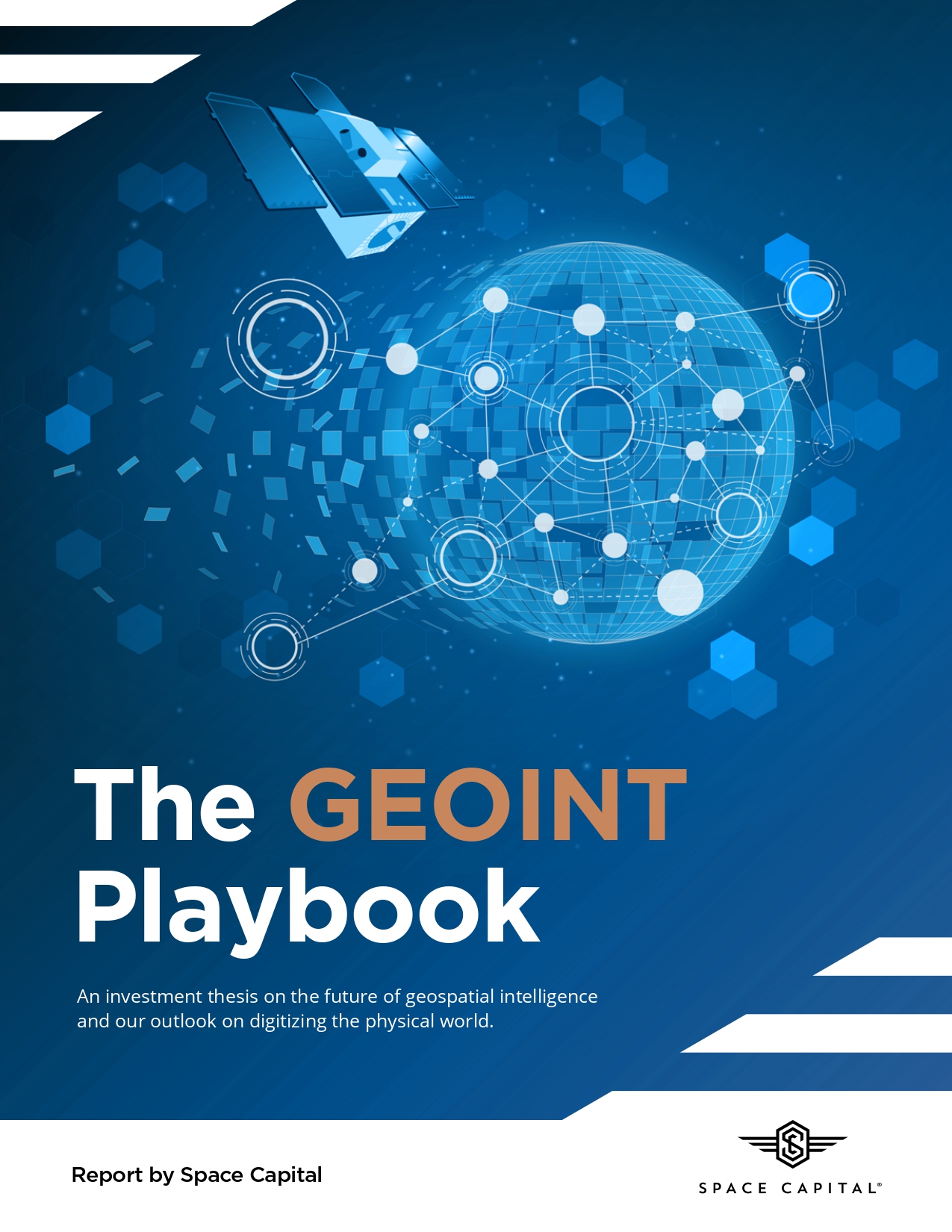An investment thesis on the future of geospatial intelligence, geospatial industry trends, and our outlook on digitizing the physical world.
The global geospatial market is expected to grow from $63.1 billion to $147.6 billion in the next five years. This geospatial industry growth is largely due to the proliferation of spatial analysis; a critical feature of modern enterprise and consumer applications.
Geospatial industry growth
The global geospatial market is expected to continue to grow due to several factors that are driving increased demand for geospatial solutions and services. Some of the key factors contributing to this increase in the geospatial industry size:
Technological advancements:
Rapid developments in technologies such as satellite imagery, remote sensing, GPS, GIS, and 3D mapping have led to more sophisticated and accurate geospatial data collection and analysis. These advancements make it possible to process and analyze large volumes of geospatial data, thus creating more opportunities for various industries to benefit from this GEOINT intelligence information.
Growing adoption across industries:
Geospatial solutions are increasingly being adopted across various sectors such as agriculture, transportation, energy, defense, urban planning, and telecommunications. This widespread adoption is driven by the need for better decision-making, cost reduction, and improved efficiency.
Government initiatives and investments:
Governments around the world are investing in geospatial technologies and infrastructure to support national development, disaster management, and public safety. These investments, in turn, contribute to the growth of the geospatial market.
Integration with IoT and Big Data:
The integration of geospatial data with the Internet of Things (IoT) and Big Data analytics has opened new avenues for businesses to gain insights, optimize processes, and improve decision-making. This has led to an increased demand for geospatial solutions and services.
Increasing demand for location-based services:
The rise in the popularity of smartphones and other mobile devices has driven the demand for location-based services (LBS) such as navigation, local search, and geo-targeted advertising. This growing demand has spurred the need for more accurate and reliable geospatial data, further contributing to the growth of the market.
Climate change and environmental concerns:
As climate change and environmental issues become more pressing, governments and organizations are seeking ways to monitor, analyze, and mitigate these challenges. Geospatial technologies can provide valuable insights and help in addressing these concerns, thus driving market growth.
Each of these factors has led to a greater demand for geospatial solutions and services, fueling market growth.
Opportunities pertaining to geospatial industry market size
Despite the growth in geospatial data creation and, subsequently, the tools to conduct geospatial analysis, working with this type of information remains complex, and the number of products limited. This is in large part due to the broader industry-wide trend of market consolidation amongst existing incumbents and well-funded technology startups.
This points to a conflicting theme within the geospatial market and industry: companies that begin as a modular technology stack (unbundled) and then evolve into a vertically integrated software solution (bundled). The new “As-a-service” paradigm has unlocked scalable modular development across compute, storage, application programming interfaces (APIs), etc, and is accelerating the pace of innovation.
What you’ll find in The GEOINT Playbook
In this playbook we will walk through our thesis, which analyzes geospatial intelligence (GEOINT) through the lens of technology layers: Infrastructure, Distribution, and Applications. This GEOINT analysis framework helps us connect the dots from the origin and constraints of the geospatial stack to evolution and inflection within the market. It also helps us see the larger role that space-based technology plays in an ecosystem that intersects with the modern tech industry and serves customers across a wide variety of markets.
For more information, discussion, and news about space and the geospatial industry, visit our INSIGHTS page. Here, you will find our Blog, our Podcasts, and links to vital news and other media that will keep you in the know.
Author
Space Capital is a seed-stage venture capital firm investing in the space economy, specifically focused on unlocking the value in space technology stacks such as GPS, geospatial intelligence, and communications.
Our team’s 55 years of combined sector experience and the support of our best-in-class operating partners ensure a diverse and profitable portfolio of brilliant, cutting-edge companies developing space technology that impacts our day-to-day world. In the same way that every company today is a technology company, every company of tomorrow will be a space company.
.avif)

